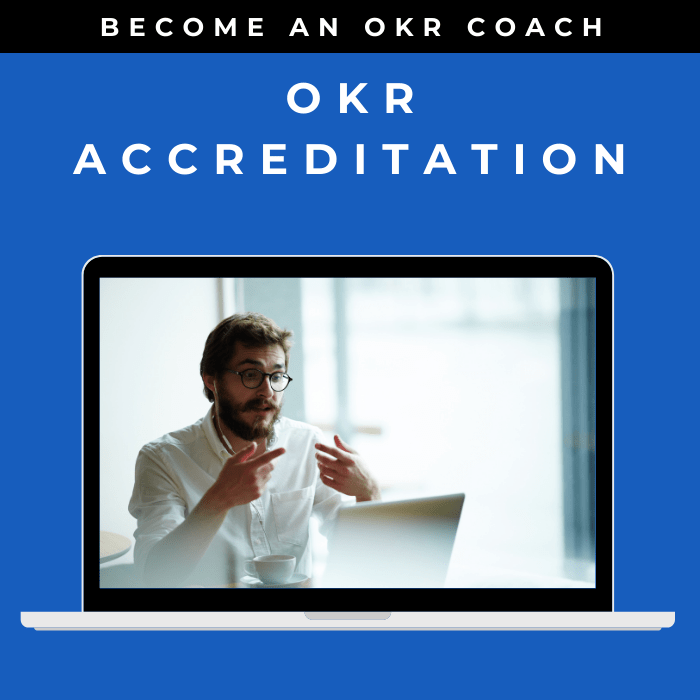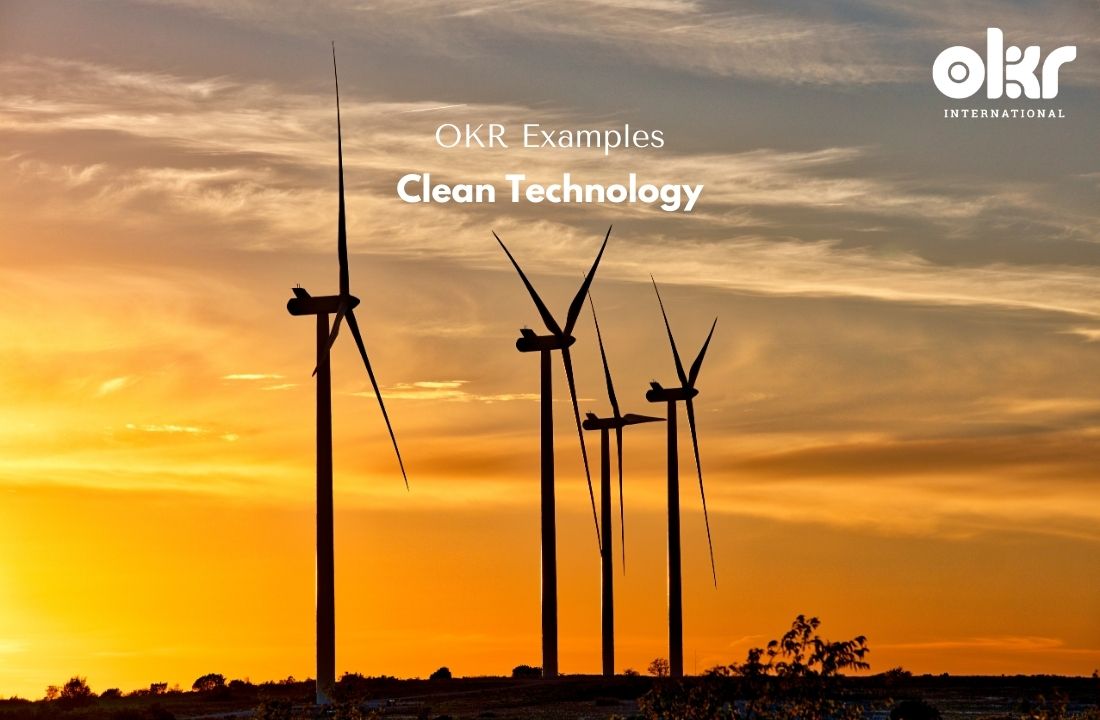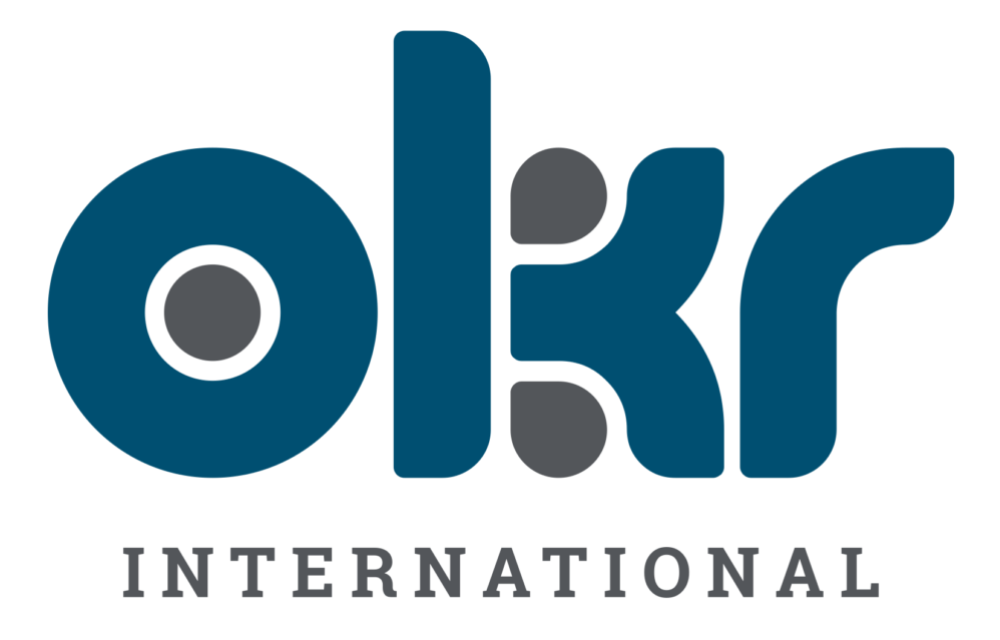10 Influential OKR Examples in Clean Technology
The impetus for sustainability and environmental conservation has sparked growth in clean technology, encompassing innovations in energy efficiency, waste management, and pollution control. Crafting strategic Objectives and Key Results (OKRs) is crucial to stimulate innovation, ensure sustainable growth, and guide advancements in this sector. Here, we outline ten influential OKR examples that are shaping progress within clean technology.
1. Promoting Energy Efficiency
Objective: Develop and implement energy-efficient solutions.
Key Results:
- Launch two new energy-efficient products or services in the next year.
- Achieve a 30% reduction in energy consumption for clients using these solutions within six months of launch.
- Increase revenue from energy-efficient solutions by 25% in the next quarter.
2. Advancing Waste Management Solutions
Objective: Improve waste management through innovative clean technologies.
Key Results:
- Develop one new clean technology solution for waste management within the next year.
- Achieve a 50% increase in waste recycling or reduction for clients using this solution within six months.
- Increase client satisfaction with waste management solutions to 90% in the next quarter.
3. Reducing Pollution
Objective: Develop technologies and practices that reduce pollution.
Key Results:
- Launch one new product or implement a process that significantly reduces pollution in the next year.
- Achieve a 20% reduction in pollution levels for clients using these solutions within six months.
- Increase customer satisfaction with pollution reduction efforts to 85% in the next quarter.
4. Enhancing Sustainable Practices
Objective: Improve sustainability within the organization through clean technologies.
Key Results:
- Reduce the organization’s carbon footprint by 15% in the next year.
- Implement clean technology in 70% of the organization’s operations in the next six months.
- Achieve a 90% employee satisfaction rate with sustainability initiatives in the next quarter.
5. Expanding Market Presence
Objective: Increase market presence and adoption of clean technologies.
Key Results:
- Grow the customer base by 20% in the next year.
- Launch clean technology solutions in two new markets in the next six months.
- Increase brand awareness scores by 25% in the next quarter.
6. Strengthening Partnerships
Objective: Foster partnerships for promoting and developing clean technologies.
Key Results:
- Establish two new partnerships for clean technology development in the next year.
- Increase joint projects with partners by 30% in the next six months.
- Achieve a 80% partner satisfaction rate with collaboration efforts in the next quarter.
7. Improving Regulatory Compliance
Objective: Ensure compliance with environmental regulations and standards.
Key Results:
- Reduce non-compliance issues by 50% within the next year.
- Train 100% of the team on new regulatory changes within the next quarter.
- Pass all regulatory audits in the next fiscal year.
8. Promoting Clean Technology Innovation
Objective: Foster an innovation culture around clean technology.
Key Results:
- File patents for two new clean technologies within the next year.
- Increase the number of innovative clean technology projects by 20% in the next six months.
- Achieve a 70% employee satisfaction rate with the innovation culture in the next three months.
9. Optimizing Resource Utilization
Objective: Improve resource utilization through clean technologies.
Key Results:
- Achieve a 20% reduction in resource waste within the next year.
- Implement resource-efficient clean technology in 80% of operations in the next six months.
- Achieve a 90% satisfaction rate among employees and stakeholders with resource utilization efforts in the next quarter.
10. Strengthening Customer Trust
Objective: Build customer trust through effective clean technology solutions and sustainable practices.
Key Results:
- Increase customer trust scores by 15% within the next year.
- Decrease customer churn due to sustainability concerns by 20% within the next six months.
- Achieve a 95% customer retention rate in the next quarter.
By adhering to these OKR (Objectives and Key Results) examples, companies within the clean technology sector can foster innovation, drive sustainable growth, and navigate the path towards a greener future. These strategic objectives will provide a clear trajectory for reducing environmental impact, ensuring sustainability, and shaping a healthier planet.

When looking to set OKRs, it’s natural to want examples to ignite the thought process or simply compare yours to OKR Examples. Check out our compendium of OKR Examples here.
Explore Our Range of Services
Bring OKRs (Objectives and Key Results) to your organisation with our tried & tested OKR Framework.


OKR International’s highly acclaimed Certified OKR Practitioner Program is the first and only OKR accreditation endorsed by ICF & HRCI for continuing education units.
OKR International helps leaders create the alignment, engagement and result orientation needed for growth by offering OKR Advisory services.




